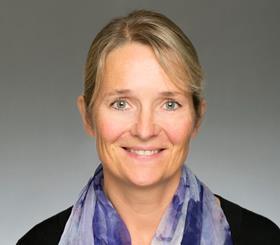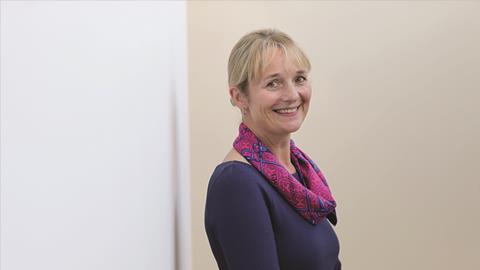The broadcast industry is facing a skills crisis, but retraining and closer collaboration between artisit and engineer could be key to solving the problem.
IET (Institution of Engineering and Technology) President Naomi Climer believes that the industry has a skills issue. “I wanted to get a sense of whether it is something with a sense of urgency around it that demands urgent action,” Climer said at IBC 2016..
“It is a double-edged sword in terms of existing rich veins of skills and real issues,” she said. “I am a big fan of reverse mentoring but you cannot, on a sweeping basis, say yes we can retrain everybody, or no we cannot. We certainly need people coming in who have grown up with different technologies.”
Fresh people, fresh ideas
Climer believes that retraining must not be written off.
“Frankly if we have got a shortage we need everybody we can get, but equally we should not be clinging onto all the traditional experience, saying nobody else ought to be able to do it. That is not a sustainable attitude. We have to get fresh people.”
Nobody should press the panic button yet, however.
“When it comes to IT savvy minds, the broadcast industry’s needs are pretty small. There is such a vast array of IT savvy jobs out there, and in a way that is one of the threats. There are so many other very exciting places that people with the right skills can go career-wise, but then they are out there because other industries need vastly more of them.
“It used to be a no-brainer that going into broadcasting would be a fun, exciting, creative life, and it’s odd that it is not as obvious as it was,” she adds.
“Finding ways to re-stimulate the idea that it is a very good place to work is something we need to work on.”
“The inherent creativity that is in engineering, which is often forgotten, has a real chance to flourish”
Climer is a big fan of the notion that the artist and the engineer are growing closer together. She emphasises that some of the most extraordinary creative output that we have seen lately has happened when engineering and creativity have worked together.
“It is a kind of convergence. These days creative people need a bit of technical savvy about them, and engineers need to appreciate more of the processes of creativity,” she asserts.
“The boundaries between different disciplines and different craft skills are definitely blurring, so the inherent creativity that is in engineering, which is often forgotten, has a real chance to flourish.”
Open Source Software
Commenting on how industry changes are reflected at IBC 2016 Climer said: “As a very junior engineer (on her first visit), it was very easy to navigate the show because it was obvious from twenty paces what you were looking at,” she said.
“The show is now software-based and you need to engage much more to understand what people are showing.
“What caught my eye was the huge amount of open source software. That is an exciting enabler. I was very interested in cloud, but because I think it creates whole new ways of being able to do things, like different ways to collaborate. I was interested in the impact on workflows and the way the creative processes are expanding, rather than getting deep into the technology.”
Climer fears that open source will blow all sorts of business models and be disruptive.
“A bit of disruption though is likely to create something new that we were not expecting,” she adds. “I am interested to see what IBC does in terms of all-year round digital engagement. The world has changed since the big single annual trade show, so I am interested to see it in the social media world that we live in.
“The show is likely to migrate in some way, and I watch with interest to see how that happens.”
PROFILE

President, Institution of Engineering and Technology; Chair of the IBC Council
Region: United Kingdom
Naomi Climer is President the Institution of Engineering and Technology (IET), Chair of the International Broadcasting Convention (IBC) Council, Chair of the UK Government (DCMS) Future Communications Challenge Group (FCCG) looking at the technology opportunities for the UK around 5G and Non Executive at Sony UK Technology Centre
Until March 2015, Naomi was President of Sony’s Media Cloud Services, based in Los Angeles, USA. Previously, Naomi headed Sony’s B2B organisation across Europe (Sony Professional).
Naomi is listed in the Daily Telegraph and Women’s Engineering Society 50 Most Influential Women in UK Engineering in 2016. Naomi was listed on Computer Weekly’s 50 Most Influential Women in UK IT 2015 and 2016 and she won the IABM’s Broadcast Industry Woman of the Year Award in 2014.
In her spare time, Naomi is and a keen sailor, motorcyclist and all things outdoors.
This interview was first conducted for IBC2016.






















No comments yet